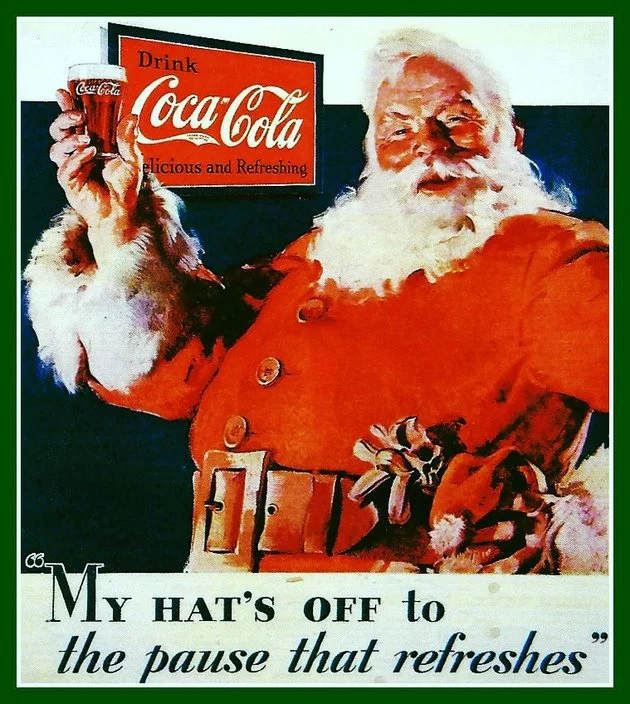
Blog
-
September 18, 2024
How Coca-Cola’s Marketing Campaigns Shaped the Modern Image of Santa Claus?
The iconic image of Santa Claus—donning a red suit with white trim, a long white beard, and a jolly demeanour—has become a staple of Christmas celebrations around the world. This now universally recognized portrayal of Santa Claus owes much of its popularity to Coca-Colas innovative marketing campaigns in the early 20th century. Lets delve into how Coca-Cola, through its collaboration with illustrator Haddon Sundblom, helped shape the modern image of Santa Claus and influenced a cultural icon.
The Birth of a Modern Icon
In the early 1930s, Coca-Cola sought to boost its winter sales by promoting its beverage as a refreshing drink for the holiday season. To achieve this, they turned to Haddon Sundblom, a talented illustrator known for his warm and realistic style. Sundbloms task was to create a series of festive advertisements featuring Santa Claus in a way that would resonate with the public and convey the joy and warmth of the Christmas season.
Haddon Sundblom’s Santa Claus
Sundblom’s first depiction of Santa Claus for Coca-Cola appeared in a 1931 ad campaign. His illustration presented Santa as a warm, friendly, and larger-than-life figure, enjoying a bottle of Coke. This Santa was not just a character in an advertisement; he embodied the spirit of Christmas—joy, generosity, and festivity. Sundblom’s Santa was depicted in a red suit with white trim, aligning perfectly with Coca-Cola’s brand colours, creating a strong visual association.
The Evolution of Santa’s Image
Before Coca-Cola’s campaigns, Santa Clauss appearance varied significantly across different cultures and artistic depictions. Santa was often shown in various coloured suits, including green, blue, and brown, and his physique ranged from thin to more robust. These inconsistencies meant there was no standard image of Santa Claus.
Coca-Colas consistent portrayal of Santa in its annual holiday advertisements played a crucial role in standardizing his appearance. Sundblom’s wholesome and joyful illustrations were immensely appealing and resonated deeply with the public. Over time, the image of Santa in a red suit with white trim became ingrained in the public consciousness, ultimately leading to the widespread acceptance and standardization of this depiction.
Coca-Colas Lasting Impact
While Coca-Cola didn’t invent Santa Claus, their marketing campaigns were instrumental in popularizing the specific visual representation of Santa that we know today. The company’s annual holiday ads featuring Sundblom’s illustrations became a beloved tradition, further solidifying the association between Coca-Cola and the festive season.
This successful branding effort highlights how strategic marketing can influence and shape cultural icons. Coca-Colas ability to create a lasting emotional connection between its brand and the joyous spirit of Christmas showcases the power of effective advertising.
Modern-Day Applications
In today’s digital age, the principles learned from Coca-Cola’s campaign are still relevant. Outdoor advertising remains a powerful tool for brands to reach a wide audience and create lasting impressions. With advancements in technology, digital billboards and interactive outdoor displays offer even more opportunities for creative and impactful advertising.
Conclusion
Coca-Colas iconic Santa Claus campaign is a prime example of how outdoor advertising can effectively shape public perception and drive brand success. By leveraging the visibility, consistency, emotional connection, and seasonal impact of outdoor ads, Coca-Cola not only increased their sales but also left an enduring mark on popular culture.
For modern businesses looking to replicate such success, investing in outdoor advertising can be a strategic move. It offers a unique way to connect with a broad audience, create memorable brand experiences, and influence cultural trends. As Coca-Cola demonstrated, the right outdoor advertising campaign can turn a brand into an integral part of any season—and beyond.

